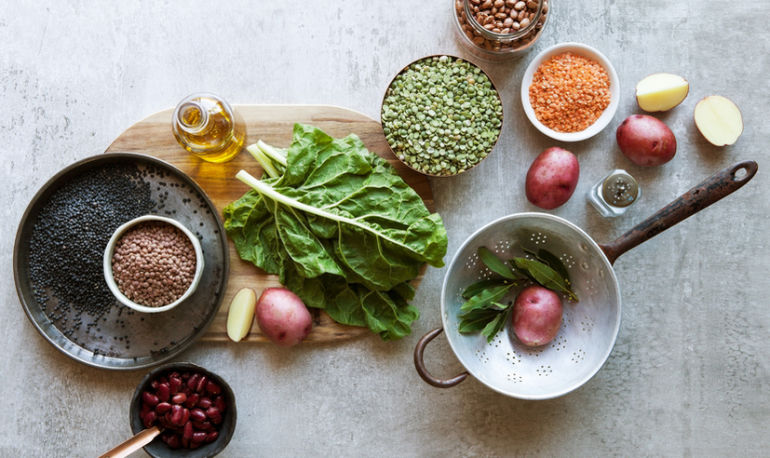
It’s easy to get overwhelmed with indecision these days, with all of the various “best” ways to eat. The first thing to remember is that no great nutrition program is a “diet”—the goal is a long-term eating plan that works with your body, schedule, and lifestyle. This brings me to my second point: that each person’s body is different, and there isn’t one ideal way to eat that will work for everyone. However, there are a few unifying themes, and then we can dive into specific options depending on your needs.
The “best” eating plans are those that don’t include processed carbs or sugar.
The reason is that they are inflammatory and can lead to, or worsen, underlying inflammatory disorders. If you’re in perfect health and just want to stay that way, then this may be a great start! What’s a processed carb, you ask? Anything that either comes out of a package (bread, cake, cookies, pasta, cereal, crackers) from a store that has grains in it or a grain that you grind down yourself to make into any of those items.
Sugar is sugar! And also includes beer, wine, juice, ice cream, candy, honey, maple syrup, and brown, white, or powdered sugar. Xylitol and stevia (both plant-derived) are OK. Saccharine, aspartame, or any other artificial sweetener should be avoided, and I would strongly recommend that you eliminate diet sodas, too. For individuals trying to lose weight, diet sodas are worse for weight loss than just drinking a smaller amount of another beverage! I once had a patient who was drinking 10 to 15 diet sodas DAILY. I finally persuaded her to cut them out, and she promptly lost 15 pounds. An ideal diet is also devoid of artificial colors (think food dyes), artificial flavors, artificial fillers, and artificial preservatives. Why? Because they’re not actually food!
If you have a chronic illness, the ideal diet looks a little bit different.
But what if you have a chronic illness? You’ll want to eat a diet tailored to the specific condition. Here are three common conditions and the diet I recommend to many of my patients for each:
1. Autoimmune disease.
Anyone with an autoimmune disease should eliminate all the above, plus all gluten and dairy. One great diet to explore for autoimmune issues, like Hashimoto’s disease, would be the Autoimmune Paleo program.
2. Irritable bowel syndrome (IBS).
Is the autoimmune paleo program the right for people with IBS? Probably not. Two great options are the Specific Carbohydrate Diet (designed to be a permanent program to eliminate symptoms of Crohn’s disease) or low FODMAPS. These are both designed to alleviate symptoms, and then you add varying foods back in to see how they’re tolerated.
3. Rheumatoid arthritis or chronic pain.
This is somewhat nuanced. The gene for rheumatoid arthritis is associated with DQ8, which is one of the celiac genes, so anyone with rheumatoid arthritis will ideally be on a processed carb-, sugar-, and gluten-free diet. However, if you don’t have a diagnosis of RA but have pain, many of my patients find relief when they eliminate nightshade vegetables. This is a category of vegetables named so because they grow at night and include tomatoes, peppers, eggplants, and white potatoes.
One last note: Don’t forget to look beyond your diet.
All of these programs require grocery shopping, planning ahead, and time spent in the kitchen, since quick and easy food is not usually designed to get you optimally healthy! Additionally, none of these changes are meant to be made in a vacuum. Eating amazing food is great but can be rendered almost worthless if you are super stressed, stay up all night, have toxic relationships, or fail to address underlying imbalances in the body.
There are long lists of health imbalances such as acne, fatigue, fibromyalgia, painful periods, anxiety, and depression that all respond well to a meal plan that eliminates processed carbs, sugar, dairy, and gluten. Still stumped? See a functional medicine provider and a functional nutritionist to assist you on this path.
[“Source-mindbodygreen”]
